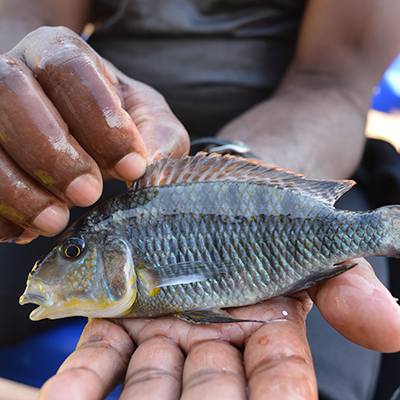Jordan Von Eggers - Understanding aquatic biodiversity consequences of multiple stressors across the Western U.S.
Jordan Von Eggers
Biodiversity Graduate Student Research Enhancement Grant Awardee
Don and Judy Legerski UW Teton Graduate Scholars in Biodiversity Fellowship Recipient & The Hardy Family Community Science Excellence Fund Recipient
Program in Ecology and Department of Geology & Geophysics
Graduate Advisors: Dr. Bryan Shuman (primary advisor), Dr. Amy Krist (co-advisor)
Project Summary:
Present day biodiversity patterns are a product of interactions both among organisms and with their environment. Introduced species transform such patterns worldwide and in alpine aquatic ecosystems, introduction of a top predator, like fish, can have drastic and long-lasting impacts. By altering predator-prey dynamics, these effects can propagate down to the primary producer level. Introduced trout also contribute to rapid declines of native frogs, toads, and salamanders in high elevation lakes because they directly prey on amphibian larvae and reduce prey availability for adult amphibians. Introductions can, therefore, disrupt key energy flows from benthic resources to multiple vertebrate consumers such as snakes, birds, and small mammals in surrounding ecosystems and indirectly reduce nearby populations of vertebrates. Simultaneously, chemical pollution threatens major ecosystem change and in nutrient poor, alpine lakes atmospheric nitrogen deposition exerts pressures by altering primary productivity which can filter up trophic levels. In addition, effects of climate change can propagate across multiple trophic levels and the highest rates of lake warming occur in seasonally ice-covered, high elevation lakes.
Using alpine lakes as a model system, my research addresses how broad spatial patterns of Anthropocene diversity emerged from the interactions among regionally established communities and multiple, spatially varied, human-induced stressors. To do this, I will sequence the DNA of zooplankton, phytoplankton, and microbial eukaryotes preserved in lake sediment cores, which act as a natural recorder of past environmental condition. I am collecting cores from fishless lakes, lakes with fish, and lakes where fish have been removed, across a nitrogen gradient in California, Washington and Wyoming. Combining geological records with powerful genetic advances will improve our basic interpretation of how and why ecosystems change through time and enhance predictive understanding.
Share This Page

Research Highlights





